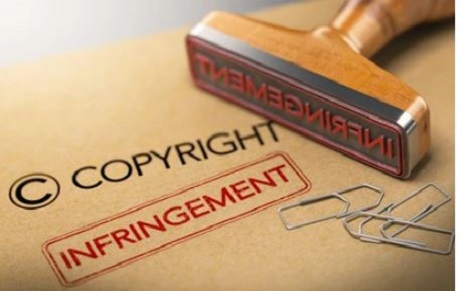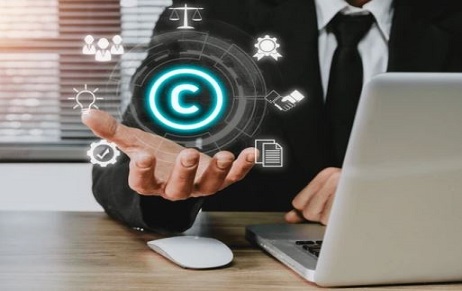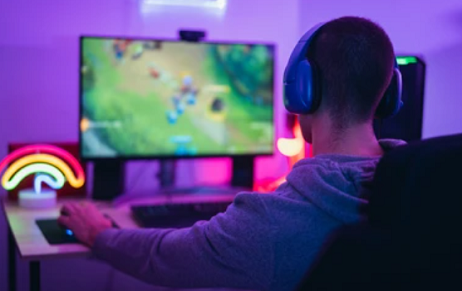Introduction In the contemporary digital environment, the problem of piracy has become one of the…
Masakali 2.0 And Many More…: Copyright Infringement In Indian Film Industry Continues
The current trend of recreating songs and movies in Indian film industry has brought up a flood of incidents of copyright infringements in India. The most recent incident being the release of Masakali 2.0, song which has been recreated and composed by Tanishq Bagchi without the consent of its original owners. Its original version, Masakali which was picturized in the movie Delhi-6 in 2009 was produced and composed by Mr. A.R. Rahman and written by Mr. Prasoon Joshi. Some of the other examples are the recreation of the song ‘Ghar se nikalte hi’, movie ‘Zanjeer’ etc. Despite the existence of a Copyright Statute in India and the country being a part of various international treaties and conventions related to Intellectual Property Rights, the enforcement mechanism for the same is very poor. This lack of protection gives a free hand to producers to openly infringe copyrights in the Indian film industry. This article seeks to highlight this problem and provide for an analysis of the status quo in this regard.
Indian Copyright Act, 1957 had been ambiguous upon the definition of what will constitute a ‘musical work’.As defined initially in the 1957 Act Section 2(p),
“Musical work means any combination of melody and harmony or either of them printed, reduced to writing or otherwise graphically produced or reproduced.”
This definition completely excluded the presence of the lyrics and voice as the part of a ‘musical work’ and completely outcasted the right of the singer and that of the lyricist. Even after amendment in 1994, the definition stirs ambiguity about the protection of the lyrics and the legitimacy of the inspired versions of the songs with the same lyrics which can be created with a different composition or music.
The Copyright Law has been amended in the year 2012 to deal with the evolutions in the music and film industry and to strike off the archaic parts of it. It made such contracts void which could lead to propagation or reproduction of work originally protected under the copyright law, for example by inclusion of section 18,which states that an author who is assigning the rights in lyrics and music composer shall not waive his rights to receive royalties for the utilization of the work otherwise. The law if strictly applied has been made quite clear and facilitates avoiding any exploitation and infringement of an original work, but problem arises when a labyrinth of contracts creates overlapping rights since the entertainment industry functions as per contractual relations between various stakeholders. Section 17(c) provides that the work made during the course of employment or apprenticeship, generally belonging to the employer, he being the first owner and override the other rights to copyright which arise.
The recent controversy of the procreation of Masakali 2.0 by the same record company(T-series) responsible for production of the song for the cinematography of Delhi 6, raises the question of what is the extent of the right of the record label and how that right varies? In-toto the right of every person associated with the song is protected, including the lyricist and composer are protected by the copyright section 13(1)(a) in original literary works and the rights of singer are protected under section 38 for 50 years. By the virtue of section 17, the first owner of the work would be the producer, nevertheless the rights of lyricist and composer have been equally protected, an amendment to the effect of which has been adopted in the 2012.
Another question which arises is that what extent of duplicity would be permitted to make an inspired work non infringing on an existing copyright? In the case of Joy Music Ltd vs Sunday Pictorial Newspaper, the defendants’ work had its origin from plaintiffs’ work but a sufficiently independent new work was produced by the defendant. It was held by the court to be not a reproduction of the plaintiffs’ work but a new original work derived from the plaintiffs’ work. Thus this extent of novelty necessary to make a work original have been left on the prudence of the court differing from case to case therefore leaving the strict protection of law to the mercy of the drowsy proceeding of the court.
Even after having a considerably settled law on the issue, The United States Trade Representative (USTR) has been constantly identifying India in ‘High Priority Watch List’ in its Special 301 Report, the reason being no concrete benefits to the creators and long-standing discrepancies in the enforcement. This problem can be solved by imposing harsher punishments and calling out people who use such unauthorized and illegal means to generate money. Once popular music directors who infringe copyrights will be targeted, this problem will automatically start reducing. Since general public is the ultimate receiver of music, they must be educated and informed about such actions which will create a demand for original and creative music. India faces a problem also because of pendency of millions of cases, however, cases related to this kind of infringement needs immediate attention because of the rapid outreach of people to social media platforms where such music is presented to them.
The main purpose of Copyright is to give the owner an absolute right over his invention and to the artist, a choice about how his music is to be reused. Though the 2012 amendment has brought significant changes regarding the protection of music, India has a long way to go when it comes to imposition of a strong enforcement mechanism wherein creativity of an individual will have a cent percent respect and recognition and the thieves of such talent will be punished harshly rather than getting fame on social media for presenting unoriginal art. It is high time that India introduces strict punishments and makes some efforts to ensure faster disposal of Intellectual Property related cases. If music continues to be reproduced illegally, musicians will be deprived of the incentive provided by Copyright Laws.
About the Author: Khushi Sharma, a student at Hidayatullah National Law University, Raipur and Mayank Joshi a student at National Law India University, Bhopal. In case of any queries please contact/write back to us at aishani@khuranaandkhurana.com



